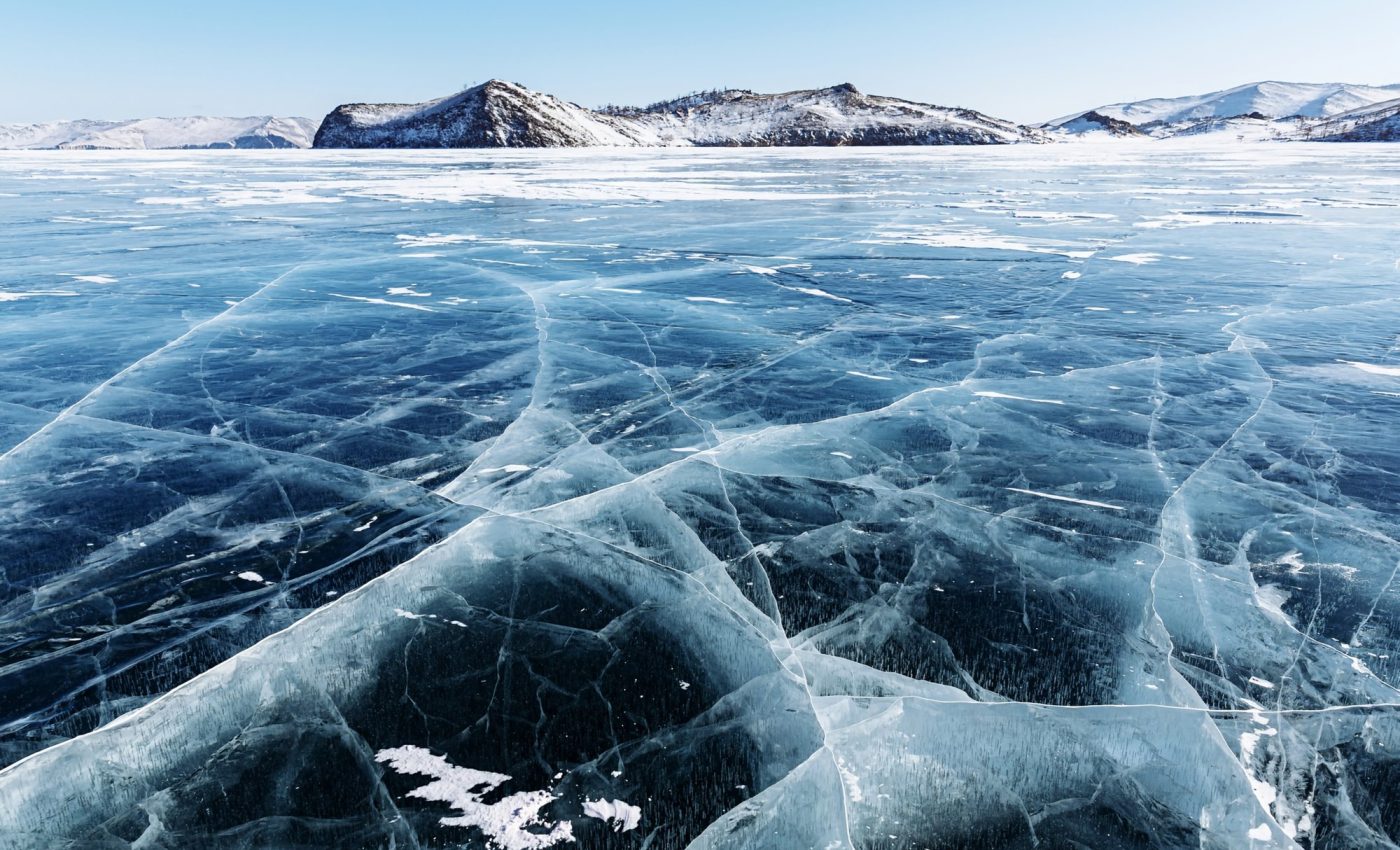
Microbial structures in frozen lakes shed light on how life evolved
In the remote and harsh environment of Antarctic lakes, communities of microorganisms flourish, offering vital clues about early life on Earth.
A recent study by Dr. Anne Jungblut from the Natural History Museum and her team, published in the journal Environmental Microbiology, focuses on Lake Untersee, the largest freshwater lake in East Antarctica.
Microbial structures with distinct communities
Lake Untersee, perpetually covered in ice, hosts an intriguing ecosystem where microbial communities form unique structures at its depths. These formations range from narrow pinnacles to larger cone-shaped structures, raising questions about their differing shapes.
“Lake Untersee, a lake in Antarctica that is perennially covered with ice, is home to unique microbial structures that are not lithified,” noted the study authors.
“We have evaluated the structure of the community and its metabolic potential across the pigmented upper layers and the sediment-enriched deeper layers in these pinnacle and cone-shaped microbial structures using metagenomics. These microbial structures are inhabited by distinct communities.”
What has shaped the microbial structures?
According to Jungblut, having these two distinct microbial structural formations in Lake Untersee allowed the researchers to study how they formed.
The experts aimed to determine whether environmental forces or the species composition of microbes primarily shaped these structures.
The researchers hypothesized that if the microbes were similar, environmental factors played a significant role. Conversely, if the species differed, it suggested that microbial growth patterns influenced the structures’ shapes.
Lake Untersee remains covered by ice, with only a small amount of light penetrating to the lake’s depths to support photosynthetic life.
Sampling the microbial structures
The top layer of these microbial structures is colorful due to the presence of photosynthetic organisms that capture the limited light. Below this layer, the structures appear as empty clay but are teeming with non-photosynthetic organisms.
The researchers analyzed small samples from the microbial structures, extracting DNA to identify the various species. They found a mix of single-celled organisms like Archaea and more complex protists, such as microfungi, ciliates, and amoebas.
The role of cyanobacteria
The outer layers predominantly consisted of cyanobacteria, a type of photosynthetic bacteria common in freshwater ecosystems.
The cone-shaped structures were rich in the thicker cyanobacteria Microcoleus, while the pinnacle-shaped ones had a higher concentration of the thinner Elainellacea.
“Based on our research, we believe that cyanobacteria play a role in how these structures form,” Jungblut said. “So there must be some way they grow that leads to these different shapes.”
However, the study leaves unanswered questions about why different cyanobacteria species dominate certain areas of the lake and how these microorganisms interact. Future research aims to explore these interactions further.
Insights into early Earth conditions
The microbial structures in Lake Untersee offer insights into early Earth conditions, as they form in a manner similar to ancient stromatolites.
Stromatolites, among the oldest known fossils, first appeared billions of years ago during the Archean era. This period, stretching from 4 to 2.5 billion years ago, saw Earth populated only by single-celled organisms.
Many Archean stromatolites were composed of photosynthesizing cyanobacteria, which played a crucial role in creating the oxygen-rich atmosphere we rely on today.
Microbial structures and environmental forces
By studying the living microbial laminated structures in Antarctica, scientists hope to learn more about early life’s evolution, formation, and organization, as well as the influence of environmental forces.
“Most habitats on Earth today have a lot of organisms that didn’t exist on early Earth,” Jungblut said. “So we study these structures in Antarctica because it is an extreme environment where not much can live and so better reflects what it would have been like during the Archean.”
Complexities of early life
Lake Untersee’s unique microbial structures provide a valuable opportunity to understand the complexities of early life.
The findings from this study contribute to a broader understanding of how life evolved under extreme conditions and how these ancient processes can inform our knowledge of life’s resilience and adaptability.
As scientists continue to explore these remote and challenging environments, they uncover vital information that bridges the past and present, offering glimpses into the origins of life on our planet.
—–
Like what you read? Subscribe to our newsletter for engaging articles, exclusive content, and the latest updates.
Check us out on EarthSnap, a free app brought to you by Eric Ralls and Earth.com.
—–













